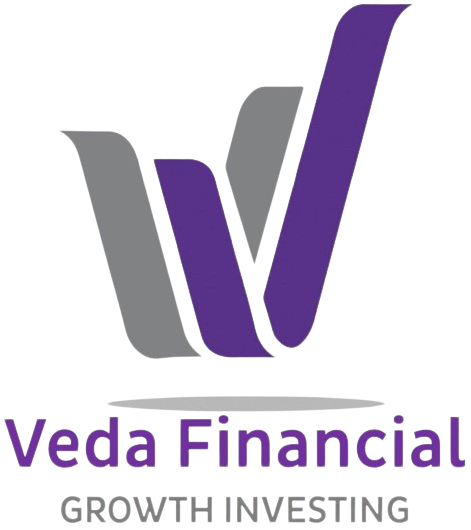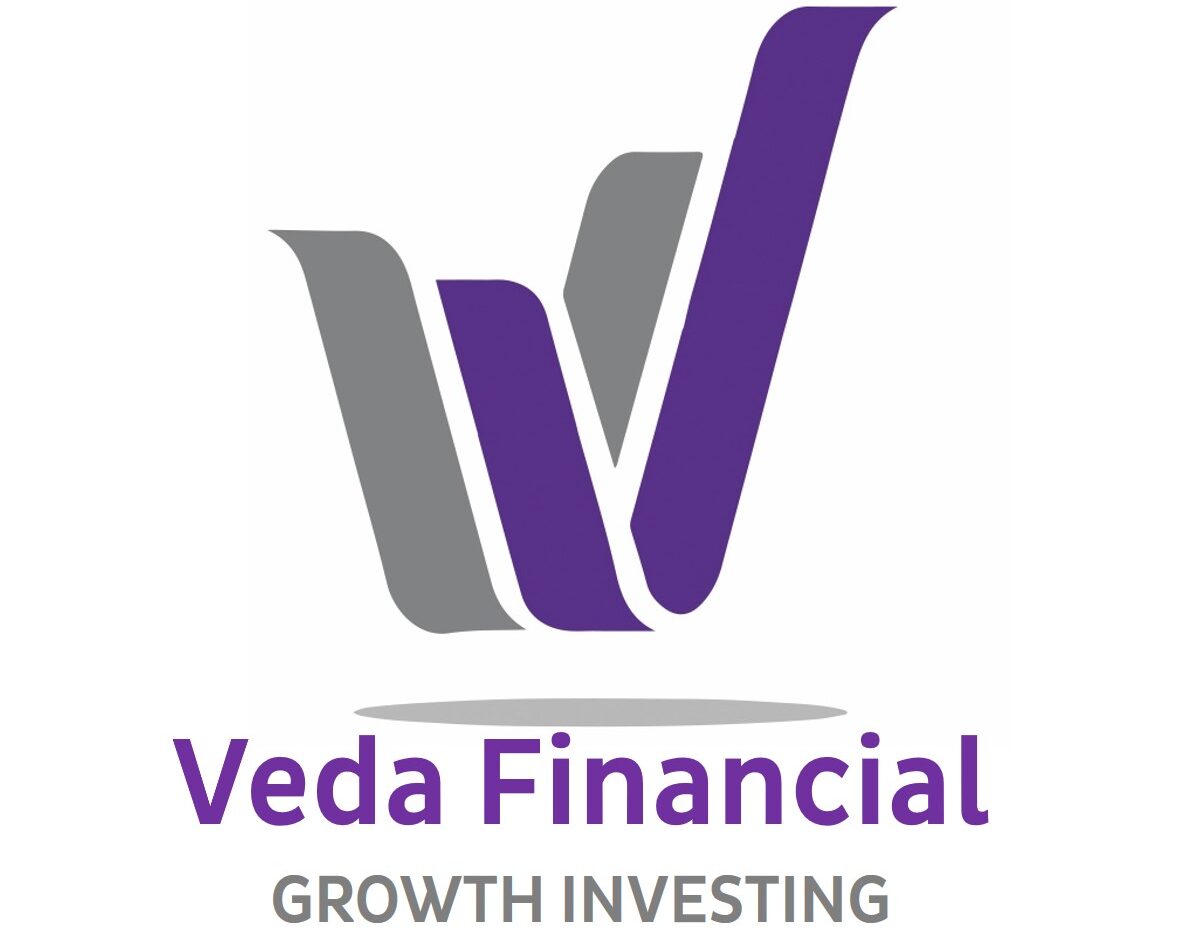Whether you’re a novice or an experienced investor, exploring long-term investment options is crucial for building a secure financial future. The initial step is straightforward: Define your financial objectives.
This process is akin to plotting the course for your financial journey. Your goals, whether they entail an early retirement, homeownership, or globetrotting adventures, will steer all subsequent investment decisions.
Not every investment strategy is created equally. Some are geared toward rapid growth, while others focus on stability. For instance, stocks and bonds may be appealing if retirement looms in the distance. On the other hand, for near-term goals like purchasing a home within a decade, less volatile assets might be more appropriate.
What is Long-Term Investment?
Long-term investments are strategies aiming for significant gains over periods typically spanning years or decades, accepting the inevitable short-term market fluctuations. These investments include various assets such as stocks, bonds, real estate properties, mutual funds, and exchange-traded funds (ETFs). Although long-term plans can offer higher returns, they often come with a higher risk degree, necessitating a readiness to endure market volatility. The goal is to capitalize on the overall growth of the economy and financial market performance by staying invested over the long haul, aligning with the achievement of investment objectives.
An Early Start for Long-term Investments
Starting your investment journey early is advantageous. An early start leverages the power of compounding, significantly influencing the growth of your investments. Compounding’s effect is such that beginning investments even a decade later can lead to a markedly reduced nest egg.
For example, investing $300 monthly from age 30 to 40 with an expected 6% average annual return might accumulate close to $250,000 by age 70. Starting at age 40 with the same monthly investment until age 70 could result in an estimated $200,000.
It’s important to note that starting with small amounts is better than not starting at all. Even a modest investment of $50 monthly, initiated at 18 years of age, can potentially amass substantial funds over time.
Long-Term Investment Strategies
Here is a collection of strategies commonly utilized by long-term investors. These strategies are presented as thought-starters, not mandates.
Diversification: Managing Risk
Diversification is like hedging your bets. By spreading investments across different asset classes, industries, and geographies, you can reduce the impact of any single adverse event on your portfolio. However, while diversification helps cushion against volatility, overdoing it can dilute potential returns.
Dollar-Cost Averaging (DCA): Consistent Investing
Dollar-cost averaging smooths out the price of investments over time. This method involves regularly investing a fixed sum, regardless of market conditions, possibly lowering the average cost of investments over time and reducing the influence of volatility.
Lump Sum Investing: Immediate Deployment
Lump sum investing entails investing a significant amount of money at once, as opposed to spreading it out. This might enable investors to immediately take advantage of market opportunities, but it demands a greater tolerance for risk due to the difficulties in timing the market.
Dividend Investing: Income Generation
Dividend investing generates regular income from stocks that pay dividends. This strategy can yield income while also offering capital gains potential, although it often favors established, slower-growth companies and can be affected by dividend reductions in economic downturns.
Growth vs. Value Investing: Two Approaches
Growth investing targets companies expected to grow earnings at an above-average rate, while value investing looks for stocks selling below what their fundamentals suggest are worth. Each caters to different investor profiles and risk appetites.
Real Estate Investment Trusts (REITs): Property Exposure
REITs provide market-based exposure to real estate, allowing for diversification beyond conventional stocks and bonds. They offer regular dividend payments but are subject to interest rate sensitivity and property market dynamics.
Retirement Accounts: Tax-Advantaged Savings
Contributions to retirement accounts like superannuation in Australia or self-managed super funds (SMSFs) grow with tax efficiencies. Managing SMSFs necessitates compliance with regulations and a commitment of time and expertise.
Ethical Investing: Values-Driven Approach
Ethical investing considers environmental, social, and governance (ESG) criteria, marrying personal values with investment strategy. It involves thorough research to ensure alignment with both values and financial objectives.
While these strategies offer potential advantages, it’s wise to consult a financial advisor to customize your investment decisions to your individual circumstances and goals.
Long-Term Investors and Market Volatility
For long-term investors, daily or annual market fluctuations are typically of minor concern compared to the overarching investment horizon. The greater challenge is the temptation to time the market, which involves making investment decisions based on short-term predictions. While there’s a historical trend of markets increasing over the long term, adhering to a steady investment strategy through the market’s ebb and flow is essential.
Conclusion
Remember, markets may go through cycles, but with a solid, long-term investment strategy, investors are better positioned to weather short-term storms and capitalize on the eventual upturns. For more information, visit Veda Financial or email us. We will be happy to assist you.






